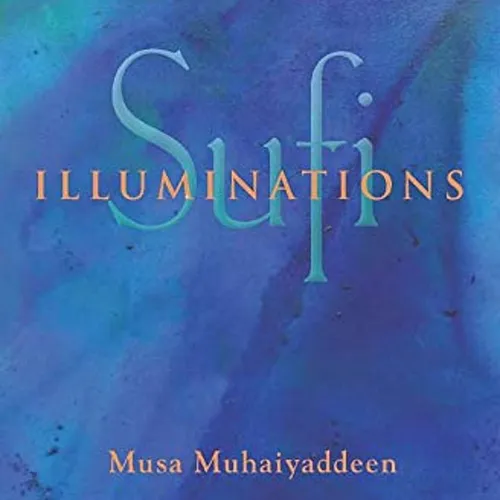#60 Resonance
- Author
- Musa Muhaiyaddeen
- Published
- Sat 03 Apr 2021
- Episode Link
- https://www.thewitnesswithin.com
We live in a world of form, and each of us is encased in form. Yet we are told that reality exists in a formless state, that He is beyond form and description. The Quran prohibits the use of images. The Torah prohibits the use of images. And many of the Protestant churches don’t use images. Why the prohibition against images, and what’s the meaning of this prohibition? Our attachment to form is so great and so overwhelming that we need to be commanded directly from Allah not to create images. Is it the creation of the image or the attachment to the image? The hypnotic pull, the magnetism that exists between ourselves and form is such that we, in order to have faith in reality, to have faith in the truth as opposed to hallucinations, have to somehow break our reliance and attachment to form.
Interestingly enough, as people become wealthier, they build bigger homes, more grandiose forms to exist in. But if you travel the world, what are the most grandiose forms that we witness? I just came back from Turkey, and I can tell you the most grandiose forms in Turkey are mosques. The most grandiose forms in Rome are churches. With all these prohibitions, religions still create form for the sake of the majesty of form to give forth somehow the majesty of the One who is being worshiped, as if form can instill majesty in you. Well, maybe it can. But I’ve witnessed the Kabba, and the Kabba is as simple a form as is possible. And this was the first house of prayer, and all it is essentially is a bunch of blocks made into a small rectangular building. This connection to form and this attachment to form influences us on many levels.
